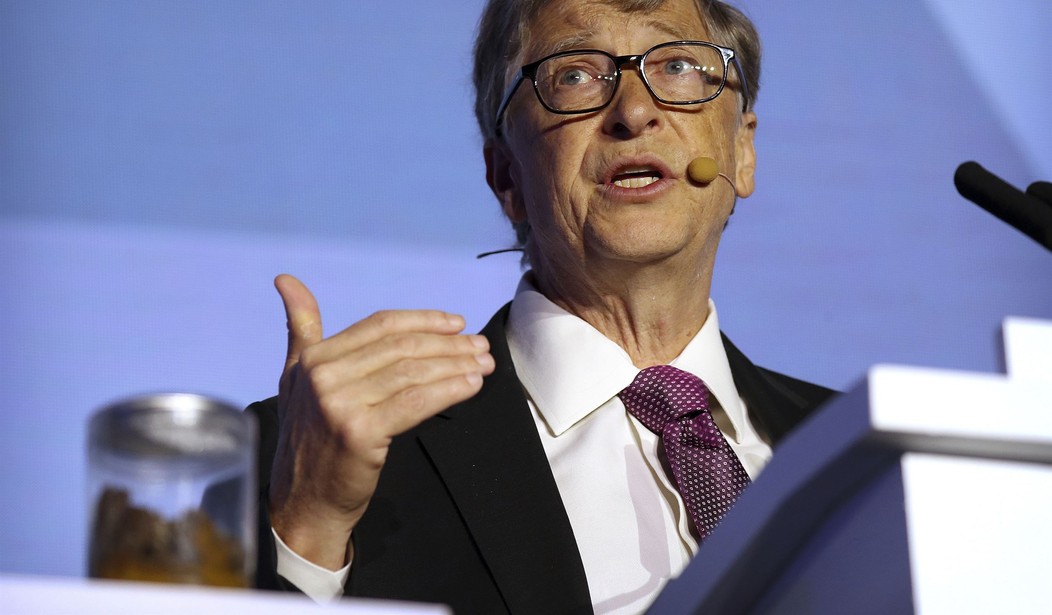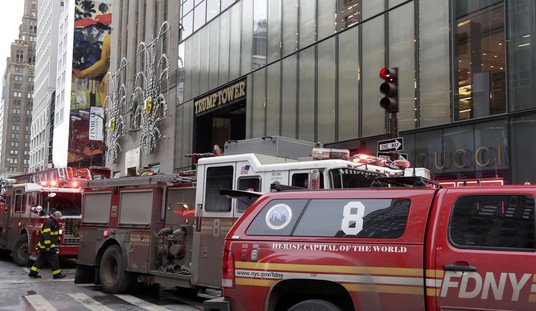Microsoft co-founder Bill Gates has been in the news a lot lately for having warned how bad the COVID-19 pandemic would get. In April 2018, he said, “there is a significant probability of a large and lethal, modern-day pandemic occurring in our lifetimes.” He cautioned, “even in the U.S., our response to a pandemic or widespread bioterror attack would be insufficient.” He suggested it might be an unknown pathogen, like SARS or MERS, that “is capable of killing millions of people, bringing economies to a standstill, and casting nations into chaos.”
In January, the Johns Hopkins Center for Health Security, in partnership with the Bill and Melinda Gates Foundation and World Economic Forum, conducted Event 201, which simulated a global pandemic caused by a new coronavirus. The Center for Health Security strangely claimed that it was not meant to predict COVID-19. On February 28, Gates published an article suggesting COVID-19 could be a “once-in-a-century pandemic.”
But just because Gates predicted COVID-19, doesn’t mean he must be trusted on the specifics. The Bill and Melinda Gates Foundation funds the Institute for Health Metrics and Evaluation, which provided a model at the University of Washington with predictions. Derek Hunter, writing for Townhall, observed that the IHME predicted on April 4 that between 120,963 and 203,436 Americans would require hospitalization. In reality, there were only 18,998 (missing a few numbers from a handful of smaller states that had not been counted yet). Similarly, the model predicted 31,057 ICU beds would be needed on April 4, but only 4,686 were. The IHME was forced to drastically cut its predictions.
On February 28, Gates wrote, “[t]he data so far suggests that the virus has a case fatality risk around 1%.” The case fatality rate represents the proportion of deaths compared to the number of people diagnosed with the disease. Now we know that percentage was too high, it’s below 1 percent. Eran Bendavid, an infectious disease physician, and Jay Bhattacharya, a professor of medicine, believe the mortality rate is 0.01 percent. This is one-tenth of the flu mortality rate of .1 percent. Part of the reason mortality estimates were too high is they were based off samples, not taking into account full populations. This may have been deliberately done to overhype the pandemic.
Recommended
Gates further angered people by calling for a national tracking system. He wrote on his website, “Eventually we will have some digital certificates to show who has recovered or been tested recently or when we have a vaccine who has received it.”
This is no surprise, considering in January 2019 Gates expressed support for a worldwide biometric ID. He praised India’s national biometric ID, and was excited to see it expanding to other countries. He said India has “the world’s largest biometric identification system and has become a valuable platform for delivering social welfare programs and other government services.”
The Bill and Melinda Gates Foundation recently funded an MIT study that explored implanting vaccination information into a child’s skin. The project came about due to a direct request from Gates himself.
One of Gates’ main projects in recent years has been funding mass vaccinations. He wants to reduce the size of the earth’s population through that and abortions. In regards to the world’s population being 6.8 billion, he said in 2011, “Now, if we do a really great job on new vaccines, health care, reproductive health services, we could lower that by, perhaps, 10 or 15 percent.” Apparently, his reasoning is that if parents think their children will have a better chance of surviving until adulthood due to vaccines, they will choose to have fewer kids.
And that’s not all of the offensive statements he’s made. Gates said earlier this month that he doesn’t think large gatherings will be able to resume until widespread vaccination has taken place. But he doesn’t predict a vaccine becoming available until the fall of 2021.
Gates criticized President Trump for halting funding to the World Health Organization while the administration investigates the U.N. entity’s dismal handling of the pandemic. The WHO was told by Taiwan on December 31 that COVID-19 could be transmitted from human to human, but hid this information until January 22. Trump also had a problem with the WHO’s advice against curtailing international travel. Trump disagreed and halted travel from China and then Europe, which is widely considered to have decreased the severity of the pandemic in the U.S. Trump didn’t like the WHO’s praise of China, especially since China has very likely issued false, lower numbers of deaths than what really happened in the country. The WHO hid and diminished China’s culpability.
Gates said the move to cut off WHO funding is "as dangerous as it sounds." Gates claimed in a tweet that no other organization can replace the WHO for slowing the spread of COVID-19. The U.S. contributes $400 to $500 million to the WHO each year. China contributes only $40 million. Yet bizarrely, the WHO’s treatment of the pandemic has seemed more favorable to China than toward the U.S.
Gates’ approach to the pandemic would have been a lot more draconian than Trump’s had he been calling the shots. While it’s true he knew enough about viral epidemics to see this coming, it doesn’t mean his advice is better than the top experts advising Trump. Gates is a globalist who trusts the U.N. and has no problem letting the WHO dictate the terms of how countries handle the pandemic. His values and goals do not represent those of the U.S. because they are clouded by his internationalism.

























Join the conversation as a VIP Member